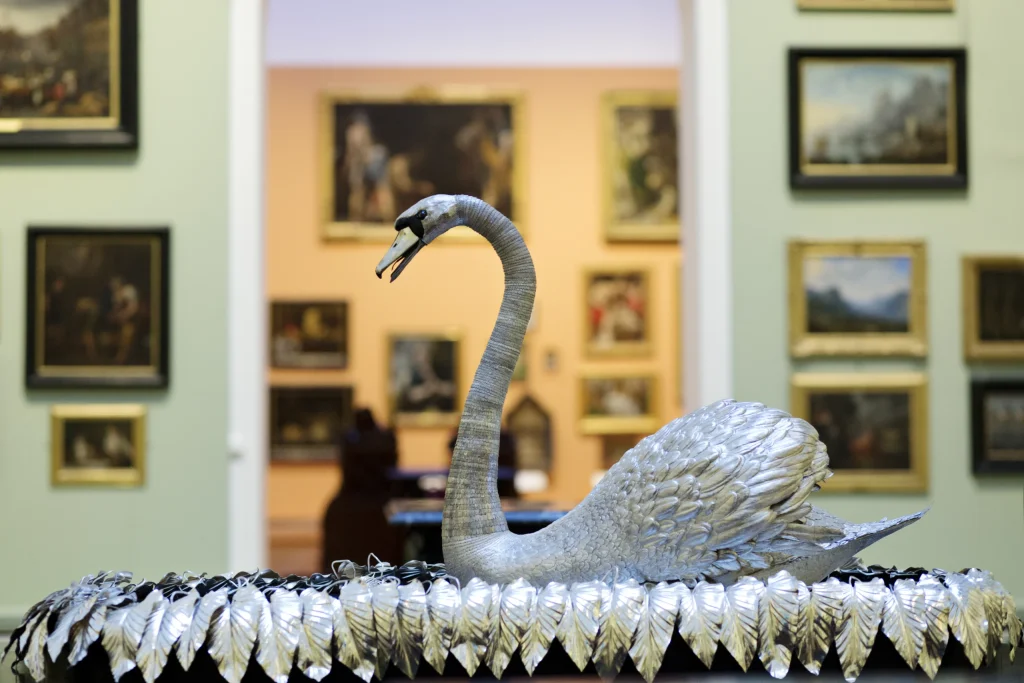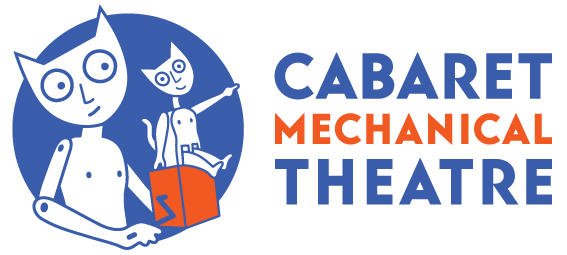Humans have had the desire to create versions of themselves since ancient times. Pre-historic cave paintings and primitive clay figures were the earliest examples.
Around 2000BC small figurines with moveable limbs were found in Egyptian tombs, some of which used the action of the lever to make them perform. Jackal masks with articulated bottom jaws and terracotta doves with detachable wings – these are among the first examples of automata.
More elaborate machines followed, often encouraged by royal patrons, such as the Byzantine Emperor Theophilus (c. 835) whose throne was flanked by mechanical roaring lions and birds that sang in trees of gold.
Clockwork figures were used in churches from around 1480, and many city clocks, particularly in Germany and Switzerland featured automata.The Golden Age of automata came in the 1700’s including the life-like machines of Jacquet-Droz (Neuchatel, Switzerland) and the Silver Swan of John Joseph Merlin. (Bowes Museum, Co. Durham).
 Silver Swan by John Joseph Merlin, 1773
Silver Swan by John Joseph Merlin, 1773
By 1820 English and Swiss mechanics had refined their highly complex automata, into writers, musicians and exquisite singing birds. These marvels were expensive and made for exhibition and as gifts for the nobility.
By the 1830’s in the narrow alleys of the Marais district of Paris artisans were developing ingenious ways of bringing automata into the home. They perfected batch production of the singing birds, Circus and Music Hall celebrities and animated them in automata form so that by 1844, when Robert-Houdin opened his Soiree Fantastiques, a mix of magic and automata, there was huge public interest.
Automata reflected the artistic and cultural atmosphere of the time and now had the ability to make every owner a Showmen in their own homes.
With automata featuring in regular Trade Exhibitions throughout the second half of the 19th century, exports were huge and during the 1889 Paris Exhibition one American diplomat noted that fine French automata were now to be found in all the large department stores in America. By 1920 the dominance of French automata across the world had finished, ended in part by the advent of the electric motor.
Although the popularity of automata waned in the 20th century, the enchanting machines of Rowland Emett brought mechanical delight to post-war Britain, and sea-side style ‘end of the pier’ machines such as the laughing sailor, and coin- operated graveyard tableaux.

